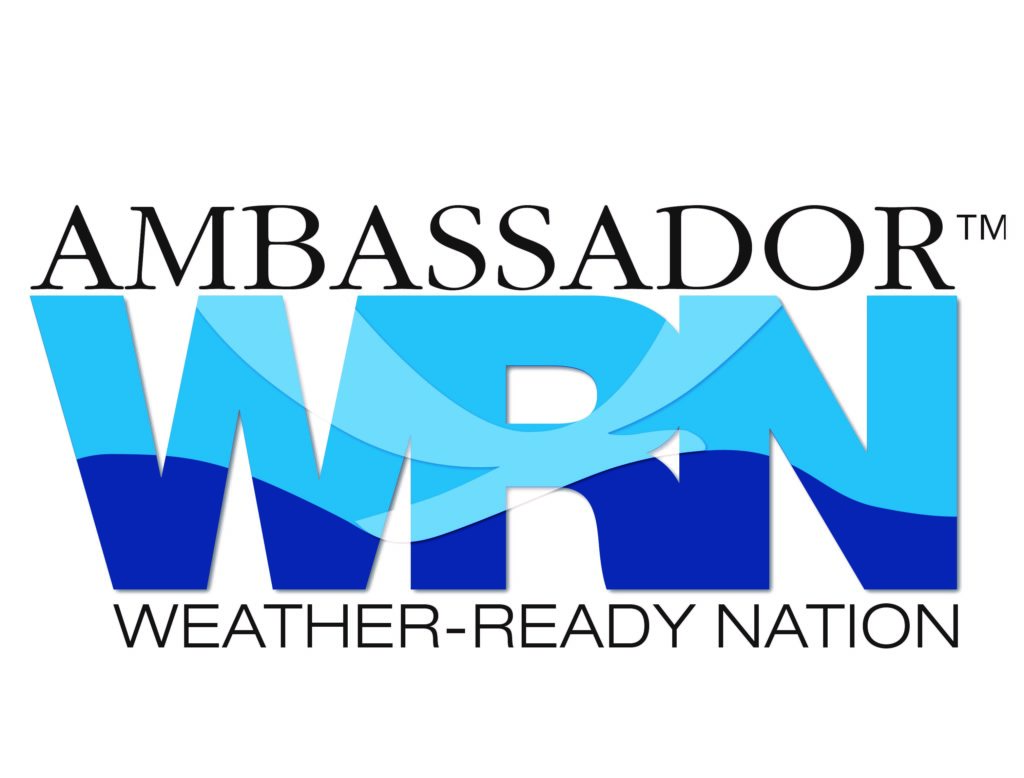This article is very informative and gives you and your family an opportunity to become knowledgeable of your evacuation route ahead of a storm. It also shares tips on what you and your family should do in case of a mandatory evacuation.
By Ashley Williams, AccuWeather staff writer
As September is National Preparedness Month, now is a better time than any to learn your evacuation routes if you live in an area that might have to evacuate when severe weather strikes.
When Hurricane Irma threatened the southeastern United States coast in September 2017, nearly 7 million people were ordered to evacuate their homes in parts of Georgia and Florida. It’s considered one of the largest hurricane evacuations in U.S. history.
As powerful Category 5 Hurricane Rita barreled toward the Gulf Coast in September 2005 before weakening to a Category 3 upon landfall in Louisiana, an estimated 3.7 million people fled the Houston area and Texas coast, according to a report from the House Research Organization.
While some evacuations might give you and your family a few days to prepare in advance, other situations might call for an immediate evacuation.
This is why knowing if you live in an evacuation zone and being aware of evacuation routes ahead of time can be critical in the event that local authorities issue a mandatory evacuation order for your area. Experts advise not to ignore orders to evacuate.
“It’s very important to know about where you live in regards to a low-lying area because once the storm surge from a hurricane hits, it can easily flood your area, home and community and cut off your escape routes,” said Edward Colson, president of Oregon-based Ready Northwest, a national emergency management and preparedness firm.
“Since it [can flood] during the actual storm, your chance of evacuation is minimal, as responders are also seeking shelter,” Colson said.
Evacuation orders are generally issued for the threat of storm surge, which is the deadliest component of a tropical storm or hurricane, and not for the winds the storms produce, according to Dr. Amber Silver, associate professor for the University at Albany’s College of Emergency Preparedness, Homeland Security and Cybersecurity.
“If you’re in a mandatory evacuation zone, then you’re in a region expected to receive significant and perhaps catastrophic flooding from which you are at serious risk of injury or death,” Silver said.
To find out if your home is located in an evacuation zone, check the websites of your local and state emergency management divisions, which should provide a wealth of information on evacuation zones and routes for your area.
The Federal Alliance for Safe Homes (FLASH) provides a list of evacuation zones for certain states and counties here. If you can’t find this information online, Silver advised contacting your local municipality.

This map shows the evacuation routes and zones for residents of Palm Beach County, Florida. (Photo/Florida State Emergency Response Team)
Experts also recommend listening to local meteorologists, emergency management and authorities to find out if your area is being evacuated.
In some evacuation zones, designated evacuation routes will be marked by signs, often featuring some combination of blue and white text, pointing away from coastal areas toward higher ground.
“When evacuating, leave as early as possible and bring your 72-hour emergency preparedness kit with you, because you don’t know how long you’ll be on the road or away from home,” Silver said.
Seventy-two hours is about how long it takes to successfully and safely evacuate a region, according to Silver.
RELATED:
Why you should evacuate ahead of a hurricane
Evacuation checklist: How to get your family out safely in the face of an imminent disaster
Psychology of warnings: Why do people ignore important weather alerts?
6 essential apps to have on your phone for when natural disasters strike
Avoid these 5 common, potentially deadly mistakes when a hurricane strikes your area
“You do not want to be stuck in gridlocked traffic with a dangerous storm bearing down on your location,” she warned. “We saw this happen during Hurricane Rita, and numerous people died in their cars on the highway as a result. “
Experts also advise sticking to designated evacuation routes, even if there’s a lot of traffic.
“Seeking your own evacuation route can be harmful, as these roads may be cut off due to floodwaters or not have access points,” Colson said. “You are up against the clock, and authorities identify main evacuation routes for ease of passage.”
In the event that your family is forced to evacuate, follow these tips from the American Red Cross to get out of harm’s way safely.









